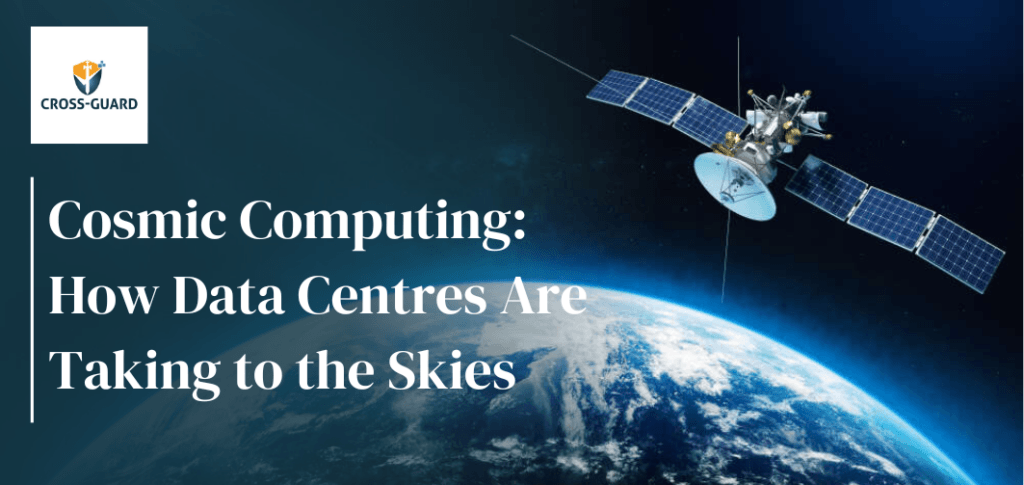Cosmic Computing: How Data Centres Are Taking to the Skies

The landscape of space is evolving rapidly, with a growing number of entities venturing into orbit. Simultaneously, the volume of information gathered by satellites is on the rise. This invaluable data serves as a vital resource, facilitating both human and robotic space exploration and contributing to the preservation and understanding of our planet, while also unraveling the most profound mysteries of the universe. Nonetheless, a significant obstacle in present-day space endeavours lies in the transmission of data from space to Earth.
The decision to relocate data centres to space is primarily driven by the pursuit of sustainability. Traditional data centres on Earth consume significant amounts of energy, whereas, in space, we can utilise direct solar power and the conditions of space for cooling, leading to a substantial reduction in energy consumption and a major environmental benefit for our planet.
Moreover, the issue of land usage is a key consideration. Data centres on Earth occupy extensive areas of land that could otherwise be utilised for agriculture, housing, or natural ecosystems. By moving data centres to space, we can alleviate the strain on valuable Earth-bound real estate, significantly lessening the environmental impact of our digital infrastructure.
The tech industry is making remarkable strides in the realm of space computing. For example, Hewlett Packard Enterprise has launched the Spaceborne Computer-2 mission, which is currently operational aboard the International Space Station. This cutting-edge technology allows for data processing directly in space, eliminating the need to transmit vast amounts of data back to Earth.
Microsoft is also making waves with its new space software developer kit for Azure, in addition to its collaboration with start-up LEOcloud to facilitate space-based cloud computing for Axiom Space’s space station. Meanwhile, IBM has joined forces with Sierra Space to pioneer space computing infrastructure.
Beyond the tech sector, major political and economic players are demonstrating a keen interest in space exploration. Notably, the European Union is investing substantial funds in initiatives like Ascend, which aims to explore the feasibility of establishing data centres in space while adhering to the goals of the Green Deal to achieve carbon neutrality by 2050
Space-based data centres could become a reality in approximately a decade or two. However it raises the question, how will technology evolve in the next 10 years?
The potential is huge: imagine near-instant, extremely secure data processing taking place right in space. For businesses with satellites, this opens up the opportunity to process data right away instead of having to transmit it back to Earth. It promises faster, safer, and more efficient operations overall. This could be our future in the next 10 years!
SHARE

